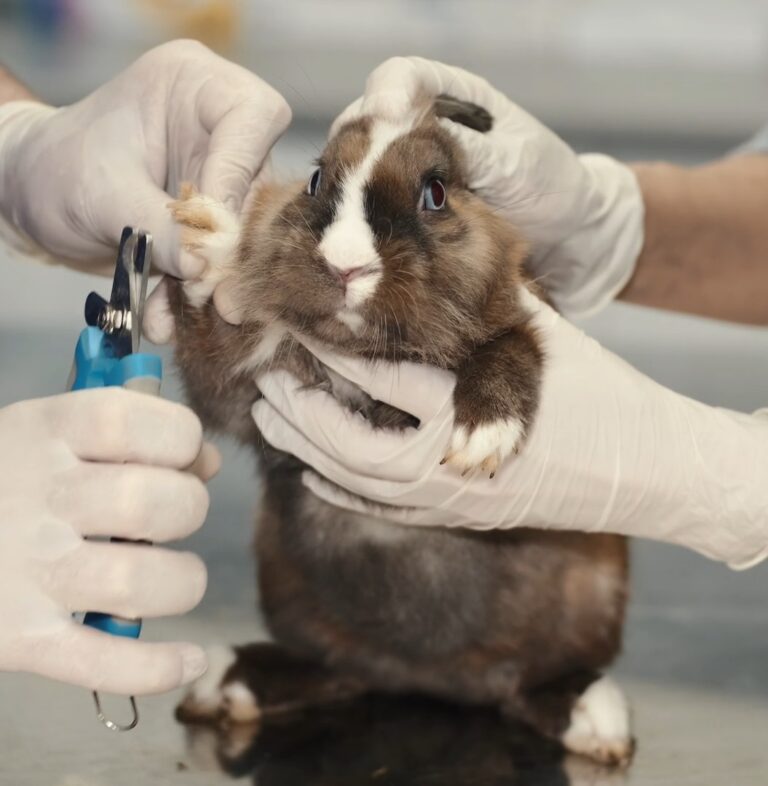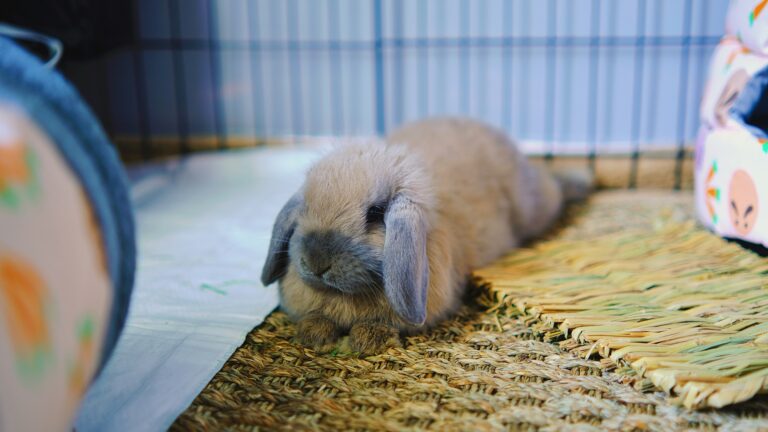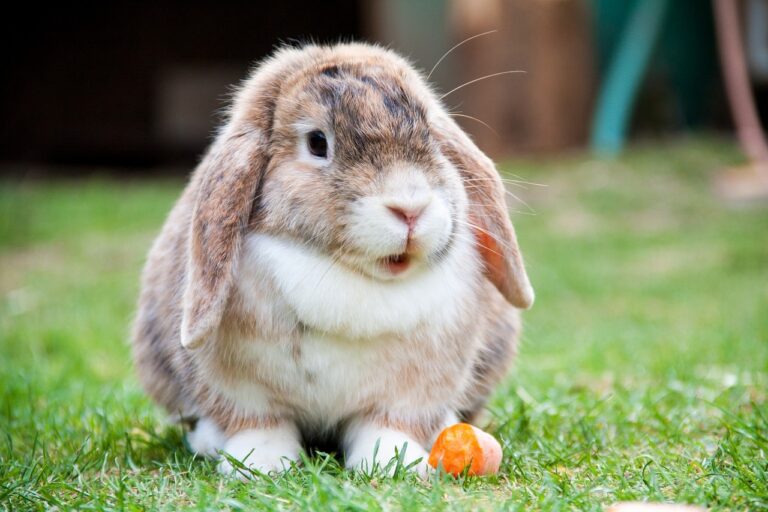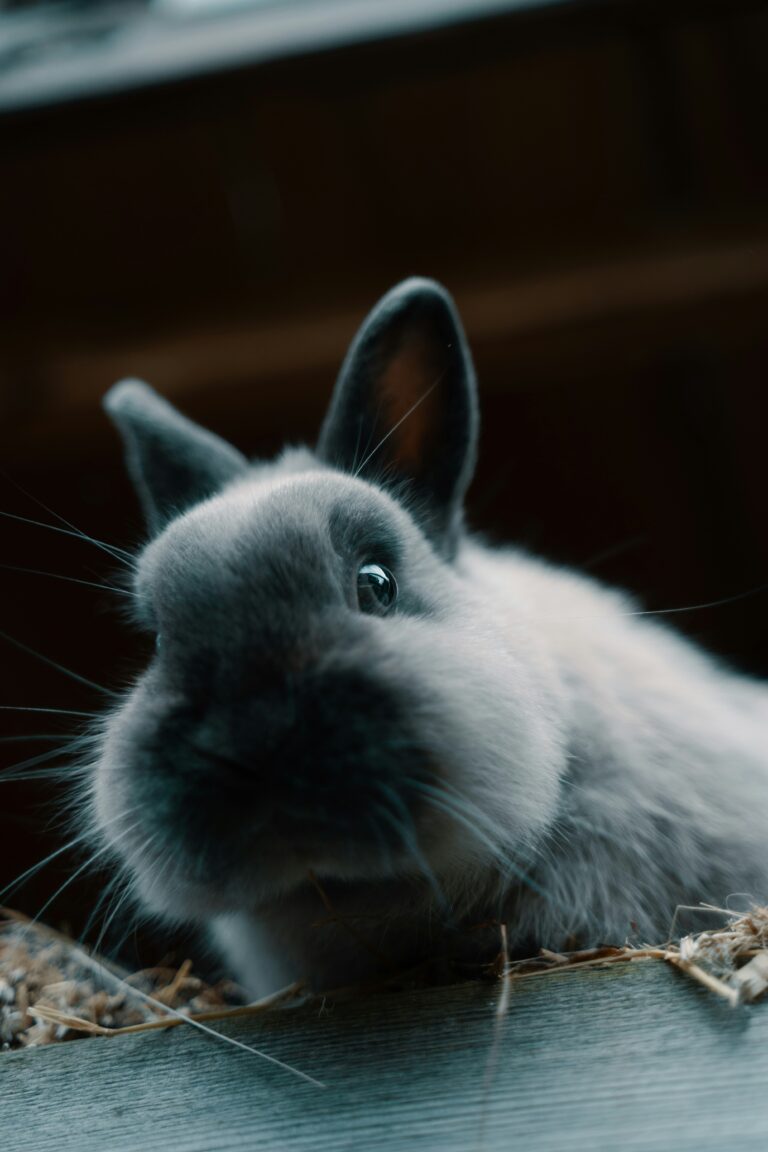Responsible Rabbit Breeding: A Guide to Ethical Practices

Breeding rabbits can be a rewarding experience, but it comes with significant responsibilities. Responsible breeding is essential to ensure the health and welfare of both the parent rabbits and their offspring.
In this guide, we will explore the principles of ethical rabbit breeding, including the importance of breed standards, health considerations, genetic diversity, and the responsibilities of breeders.
Understanding Rabbit Breeding
Before delving into the breeding process, it’s crucial to have a basic understanding of rabbit reproduction.
Rabbits are prolific breeders, with the ability to produce multiple litters each year. Female rabbits, known as does, reach sexual maturity at around 4-6 months of age, while males, known as bucks, can breed as early as 3-4 months old. It’s important to note that early breeding can pose health risks to both the parent rabbits and their offspring, so breeding should be delayed until the rabbits are fully mature and in optimal health.
What is the Best Age to Start Breeding My Rabbits?
It is important to wait until does are at least 6 months old for most breeds, and up to 8 months for giant breeds. At the same time, if you are going to breed your doe, it is also important to do so for the first time before they become too old to prevent other health issues. Many breeders advise doing so sooner rather than later if your doe is nearing 1 year old.
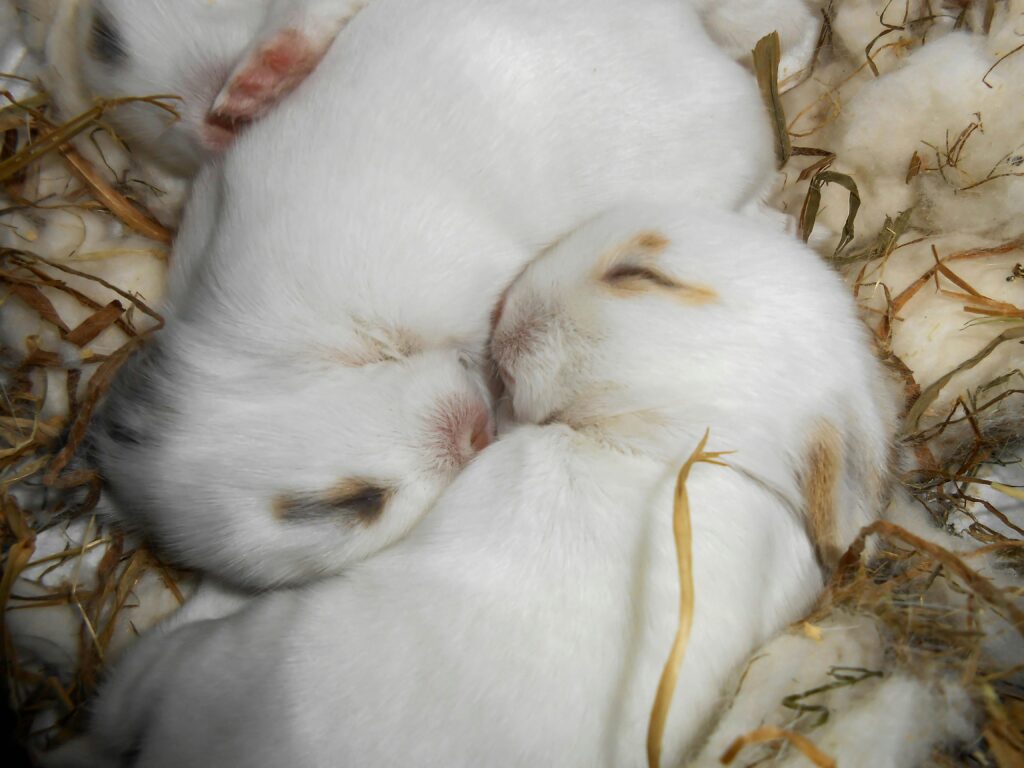
Breed Standards and Selection
Responsible breeding begins with selecting high-quality breeding stock. You want your breeding stock to adhere to the breed standards set forth by reputable rabbit breed organizations. A good place to start is the American Rabbit Breeders Association (ARBA). The ARBA website provides breed information, as well as links to breed specific club websites. On most of these breed specific bred clubs, breed standards are readily available.
Breed standards outline the ideal characteristics of each breed, including size, shape, fur type, color, and markings. When choosing breeding rabbits, prioritize individuals that closely match the breed standards to preserve and improve the breed’s overall quality.
Health Considerations
The health of the parent rabbits is paramount to successful breeding and the well-being of offspring. Before breeding, you should evaluate the health of both the buck and doe. If your rabbits have known health issues, you should rethink breeding them. Breeding sick or injured bunnies may only exacerbate problems and risk their lives. If your rabbits have genetic health problems, you should also strongly rethink breeding them.
When evaluating whether to breed your rabbits, you should also consider their dispositions. If you have a nippy, aggressive rabbit, you should not breed them to prevent these characteristics from being passed on.
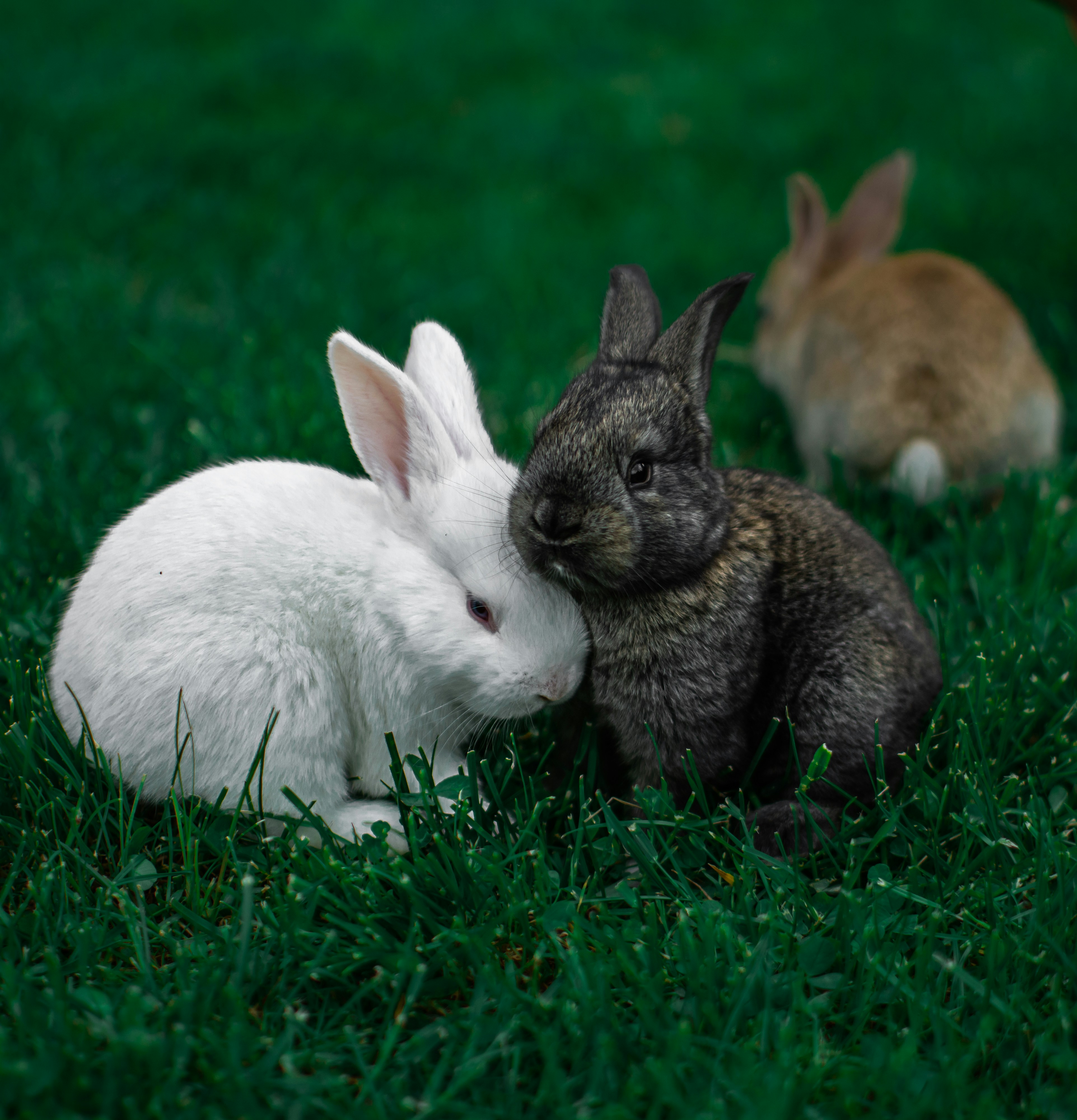
Genetic Diversity
Maintaining genetic diversity within rabbit populations is critical for preventing the negative effects of inbreeding, such as reduced fertility, increased susceptibility to disease, and the expression of genetic defects. Responsible breeders should strive to introduce new bloodlines into their breeding programs periodically to broaden the gene pool and improve overall genetic health. This may involve collaborating with other breeders or acquiring rabbits from reputable sources.
Sometimes, for the sake of breeding for specific characteristics, related rabbits can be bred, but this should be outside of the norm. In these instances, it is important to remember that inbreeding will magnify both good and bad characteristics.
Breeding Practices
When breeding rabbits, it’s essential to approach the process with care and consideration for the well-being of the animals involved. Breeding should only occur when both the buck and doe are in optimal health and condition.
To help ensure your doe is “in the mood” to be in the presence of a buck, you can try introducing her to him slowly by putting her nearby a day or 2 before breeding. When ready to allow them to breed, try putting the doe in the buck’s enclosure instead of vise versa. When the buck is introduced into the doe’s enclosure, she may become territorial or he may be too curious about his new surroundings to get the job done!
Once the rabbits have mated successfully, the gestation period for rabbits is approximately 28-31 days, after which the doe will give birth to a litter of kits.
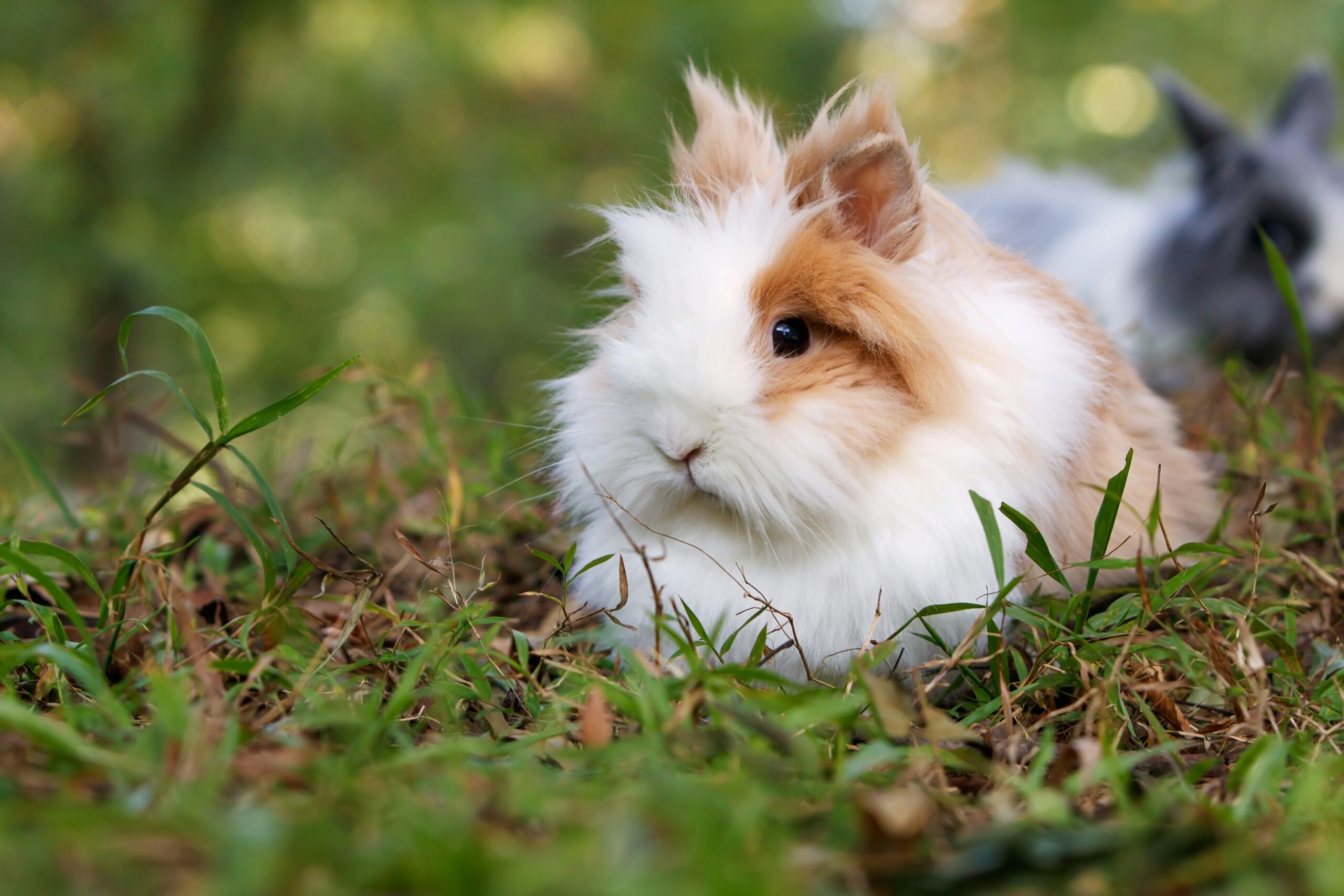
Care of the Doe and Kits
During pregnancy, the doe should receive proper nutrition, including a balanced diet rich in fiber, vitamins, and minerals. Unless your doe is prone to obesity, it may be best to began providing unlimited pellets through the pregnancy and until kits are weaned. Later in her pregnancy she’ll need more food to support the growing litter, and after she begins nursing she will need significantly more food to nurse without losing condition.
Provide a clean and comfortable nesting area for the doe to give birth and care for her kits. You should purchase or build your own nesting box to provide on the 25th-26th day of gestation. Ideally, you should provide hay as nesting material, but in a pinch shredded newspaper will also work.
After birth, monitor the doe and kits closely for any signs of complications or health issues. Make sure the doe has pulled fur to cover her kits for warmth. If she has not, you can gently pluck fur from around her belly. Targeting her nipple areas can also help stimulate milk production.
Ensure that the kits are nursing properly by checking for round bellies every day. If you never see her feeding them don’t be alarmed though! Does often will only feed their litters once a day.
Does will begin weaning their kits between 4 and 6 weeks, but it is important to wait at least 8 weeks before removing them. This will ensure they have been completely weaned before they are removed.
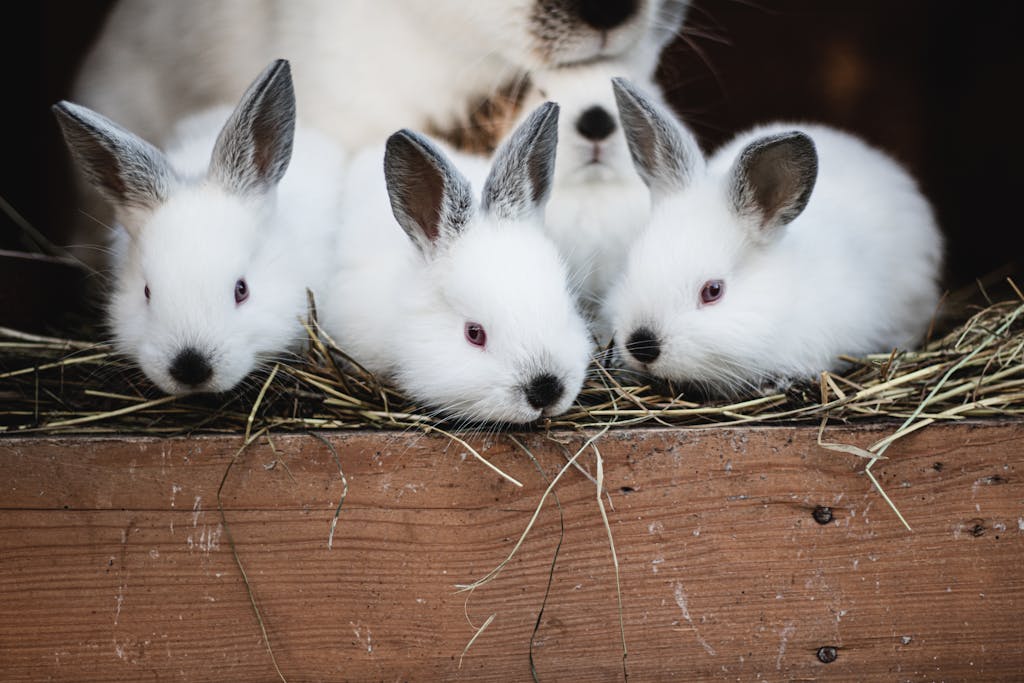
Socialization and Handling
Early socialization and handling are essential for the development of well-adjusted and friendly rabbits. Handle the kits gently once they begin exploring outside the nest box to accustom them to human contact and reduce fearfulness. Allow them to interact with their littermates and explore new environments in a safe and supervised manner. Proper socialization lays the foundation for strong bonds between rabbits and their human caregivers!
Responsible Placement of Offspring
As responsible breeders, it’s crucial to have a plan in place for offspring once they are weaned. If your plan is placing them in homes as pets, avoid overbreeding and producing more kits than can be adequately cared for or placed in suitable homes.
Educate new owners about proper rabbit care and encourage spaying or neutering to prevent unplanned litters, especially if they are purchasing opposite sex siblings!
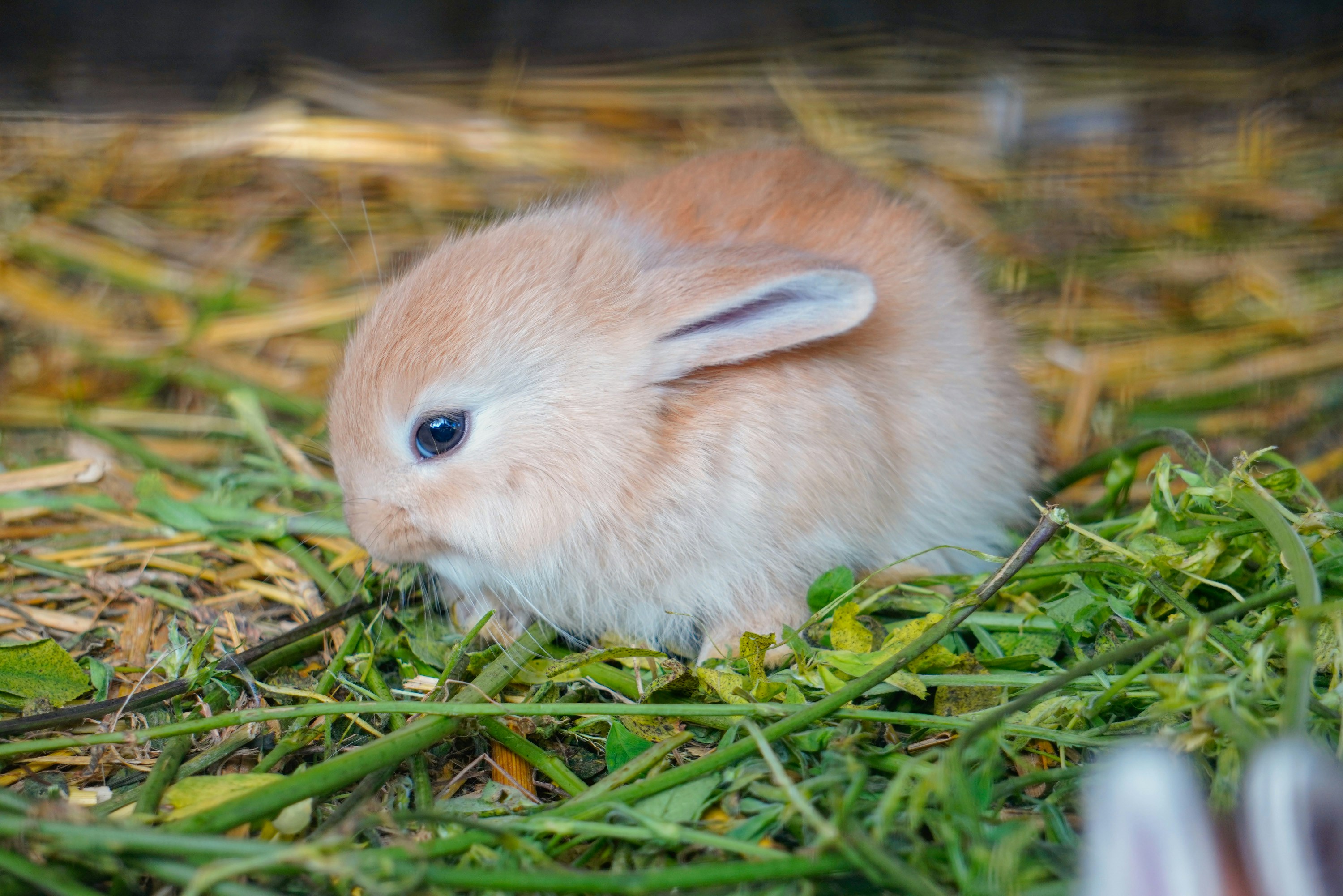
Conclusion
Breeding rabbits is a serious responsibility that requires careful planning, commitment, and dedication to the welfare of the rabbits involved.
By adhering to ethical breeding practices, prioritizing health and genetic diversity, and placing the well-being of the rabbits above all else, responsible breeders can make a positive impact on the rabbit community while preserving and enhancing the qualities of their chosen breeds.

